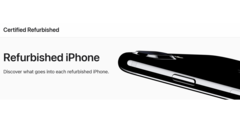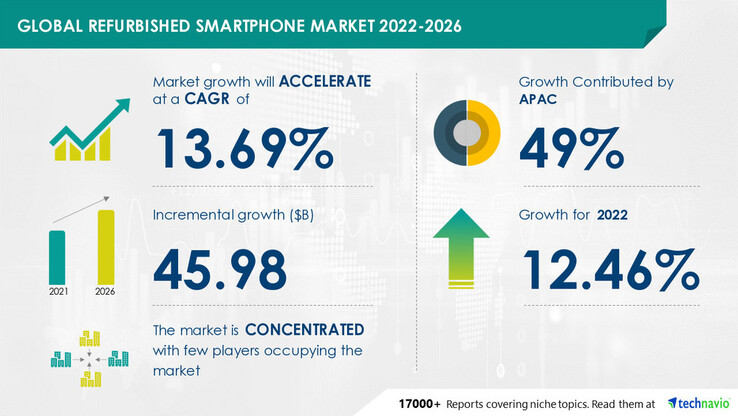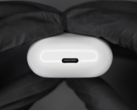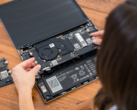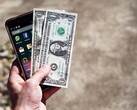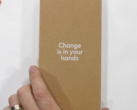Officially refurbished smartphones are often used devices sent back to their original manufacturer, restored to its own standards and then re-sold via its first-party channel. The market group Technavio now projects that it may become an increasingly popular option among consumers increasingly inclined to this kind of probity thanks to the rise of factors such as inflation, a preference for sustainability or possibly both.
To this end, Technavio estimates that the market will grow by no less than US$45.98 billion by 2026, with 49% of this success possibly emanating from a particularly refurb-friendly APAC sector. The space as a whole is projected to grow by 12.46% in 2022 alone, and to have a compound annual growth rate (CAGR) of 13.69% until 2026.
On the other hand, the space may face roadblocks on the way to this projected milestone. For example, the ever-increasing plethora of brand-new devices at compelling prices via channels such as Amazon and Flipkart is a main potential temptation not to buy a refurbed phone instead.
Furthermore, the ongoing inventory crisis experienced by at least one major OEM might drive new smartphone prices lower still over the next few years. Therefore, not that many of us may rock a refurbishment as our next handset after all.
Buy a 128GB iPhone 12 Pro Max in Graphite unlocked and Renewed Premium on Amazon




